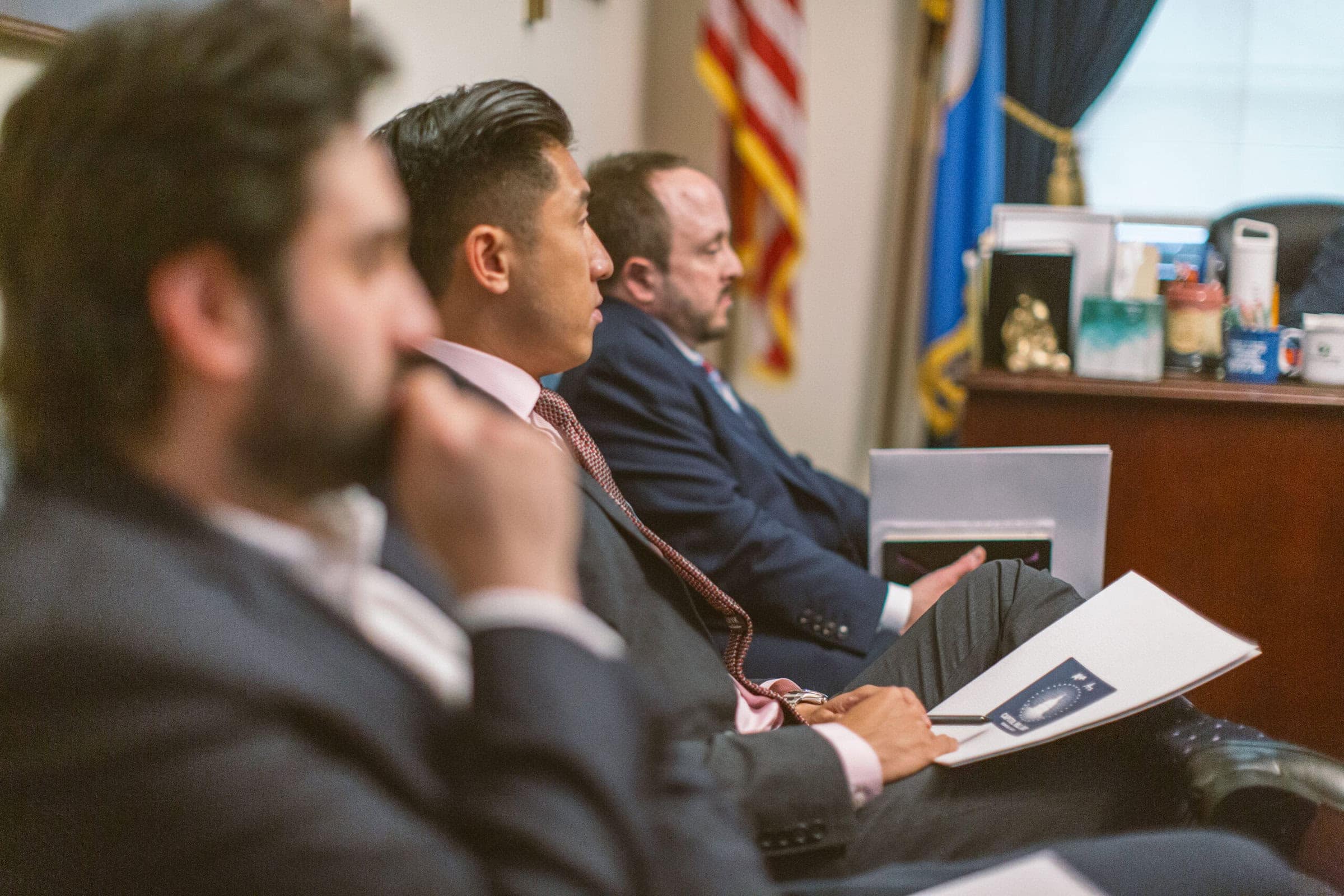Author
Alison Pepper
EVP, Government Relations and Sustainability, 4As
Topic
- Agency Operations / Business Transformation
- Government Relations
- Legislation
- Taxation
Check out Understanding the 2025 One Big Beautiful Bill Act: Sector-Specific Tax Insights
Notably, over the past several decades, the U.S. Congress has earned a reputation for being a fickle policymaking body—frequently revisiting or reversing painful parts of major legislation in response to changing political dynamics, budget pressures, or shifts in party control.
For example, the Affordable Care Act’s Cadillac Tax and Medical Device Tax were delayed multiple times before ultimately being repealed, and key business tax provisions from the 2017 Tax Cuts and Jobs Act have already been modified or are currently under debate. Against this backdrop, some of the major policy changes in President Trump’s budget reconciliation bill, the One Big Beautiful Bill Act (OBBBA), may ultimately prove temporary or subject to future revision.
Additional context on this pattern—and a closer look at the federal budget reconciliation process—can be found below.
Q: What is the federal budget reconciliation process?
A: The federal budget reconciliation process is a legislative tool that allows Congress to expedite consideration of certain tax, spending, and debt limit legislation. It enables passage with a simple majority vote in the Senate, bypassing the usual 60-vote filibuster threshold. Because it limits debate and amendments, reconciliation is often used by the party in power to advance high-priority fiscal policies without needing bipartisan support—making it a highly partisan process in practice.
Q: Why does the OBBBA use a 10-year budget window?
A: The federal budget reconciliation process for legislation like the OBBBA uses a ten-year budget window (FY 2025 to FY 2034) because that’s the standard timeframe set by Congress’ budget rules for evaluating the fiscal impact of proposed policies. This ten-year window allows lawmakers to show that a bill complies with budgetary constraints—such as not increasing the federal deficit beyond the budget window—often required under the Byrd Rule in the Senate. As a result, provisions in reconciliation bills are frequently designed to phase in or phase out within that decade to avoid long-term deficit impacts and remain eligible for passage under reconciliation rules.
It’s important to keep in mind that while a 10-year window is commonly used for budget projections and analysis, the federal budget process itself operates on a yearly cycle. Each year, the President submits a budget proposal, followed by congressional efforts to pass a budget resolution and approve appropriations bills to fund government operations.
The nonpartisan Congressional Budget Office (CBO) estimated that the OBBBA would increase deficits by $3.4 trillion on a dynamic basis, compared to $3.0 trillion on a conventional basis over the 10-year window of FY 2025 to FY 2034). Dynamic scoring accounts for estimated broader economic effects of a policy change, while conventional scoring does not—it focuses only on direct fiscal impacts.
Q: The OBBBA includes many controversial, long term spending cuts, in particular in the areas of Medicaid spending and SNAP food assistance programs. Are these controversial domestic spending cuts likely to be permanent for the 10-year budget window?
A: It is unlikely that all of the controversial domestic spending cuts in the OBBBA—particularly those targeting Medicaid and SNAP—will remain in place for the full 10-year budget window. While the bill’s authors may have included these reductions to keep the overall cost of the package within reconciliation limits, such cuts are politically sensitive and often become flashpoints in future budget negotiations.
Medicaid and SNAP are among the most visible and widely used federal programs, and efforts to scale them back typically draw significant opposition from advocacy groups, state officials, and the general public. This resistance, combined with procedural flexibility in future Congresses, makes it probable that some of these provisions will be softened, reversed, or offset by alternative funding mechanisms down the line.
Adding to this uncertainty is the 2026 midterm election, which could significantly shift the balance of power in Congress. If party control flips in one or both chambers—or if moderates gain leverage within either party—it could lead to efforts to unwind or reconfigure the most controversial aspects of the OBBBA.
Changes in leadership often bring new budget priorities, and programs like Medicaid and SNAP have historically been protected or expanded under different political configurations. In short, while the current bill reflects today’s budget and political calculus under the Trump Administration, the durability of its spending cuts will ultimately depend on the outcome of future elections and the evolving political climate.
Q: What are the implications of including temporary provisions in reconciliation bills?
A: It is common for budget reconciliation legislation to include temporary provisions as a way to make a bill appear less costly on paper. This approach can obscure the true fiscal impact by limiting cost estimates to a shorter timeframe. In practice, however, many of these temporary measures are likely to be extended by future Congresses, resulting in significantly higher long-term costs than originally projected.
Notably, the OBBBA contains several temporary provisions that are not budgeted for the full 10-year window. This includes funding for rural hospitals (expires in 2031); the state and local tax (SALT) deduction (cap raised to $40,000 until 2030, after which it reverts to $10,000); deduction for tip income and overtime pay (expires in 2029); bonus depreciation for qualified production property (expires in 2029); bonus deduction for seniors (expires in 2029); deduction for auto loan interest (expires in 2029); and the expanded child tax credit (expires in 2029), among others
The CBO estimates that if all temporary and other arbitrarily expiring provisions are made permanent, the OBBBA would increase the national debt by an additional $32 trillion over 30 years compared to the current law baseline.
Q: What do the temporary budget provisions in the OBBBA mean for advertising agencies and their clients?
A: The temporary provisions in the OBBBA create a highly uncertain policy environment that complicates strategic planning for advertising agencies and their clients. Whether Congress ultimately allows these provisions to expire is far from certain. Historically, lawmakers have often extended or made permanent popular temporary measures—especially when faced with political pressure from constituents or industry groups.
However, such extensions depend on future budget negotiations, party control, and fiscal priorities, all of which are inherently unpredictable. As a result, advertising agencies and their clients should treat the current policy landscape as fluid and build flexibility into their strategic planning, anticipating both the near-term benefits and the long-term risks of a stop-and-go legislative approach.
Have questions about the OBBBA or the federal budget reconciliation process—and what they could mean for advertising agencies? Please contact Alison Pepper, 4As EVP of Government Relations and Sustainability.
Related Posts

01/09/2026
Seven months in: Justin Thomas-Copeland’s Plan to Futureproof the 4As – and the Industry


01/06/2026


